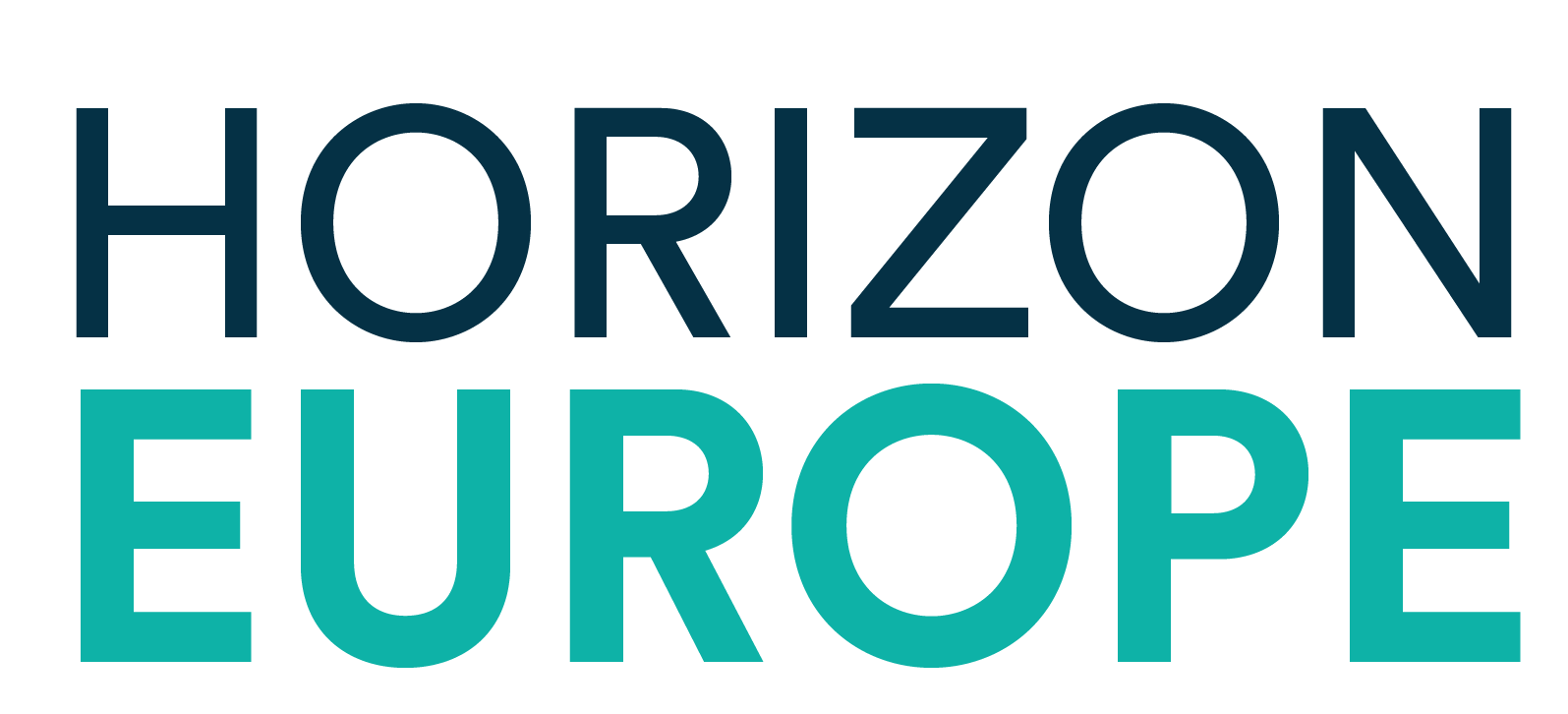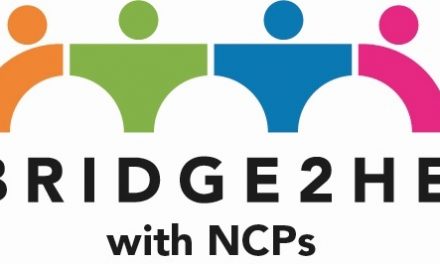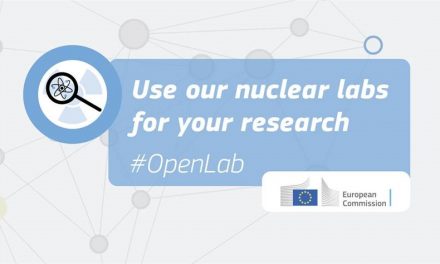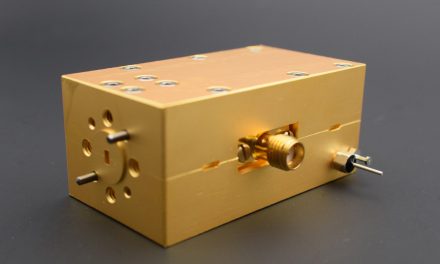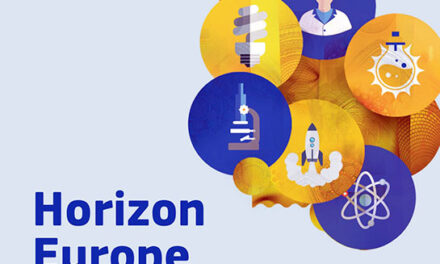“Eurostars funding is invaluable to small businesses as it reduces the risk involved in developing new technologies”.
Eblana Photonics, lead partner on TLPON Eurostars project.
Key Takeouts
Dublin company, Eblana Photonics, led a small consortium whose aim was to develop novel photonic integrated circuits (PIC) for optical communication applications.
The project was part funded by the European Union’s Eurostars research and innovation programme which is aimed at R&D-performing SMEs.
The TLPON project has opened new doors for Eblana to develop PIC-based laser products for telecom and spectroscopy.
Case Study: Eblana Photonics
Dublin-based Eblana Photonics, which specialises in the design and production of advanced lasers for communications, sensing and measurement, has long appreciated the value of collaborative projects. Over much of its 20 years in operation it has drawn on the support of European funding programmes to enable it to target new markets with innovative products and establish itself as a provider of world-class technology.
Recently the company completed a project, TLPON, funded under the European Union’s Eurostars programme. Eurostars is a large international funding programme for SMEs that want to collaborate on R&D projects to create innovative products, processes or services for commercialisation.
The main goal of TLPON was the development of novel photonic integrated circuits (PICs) for optical communication applications, with the new NG-PON2 application being the primary target. NG-PON2 is a telecommunications network standard mainly for higher speed fibre to the home networks.
“TLPON was about developing a multi-channel laser approach to increasing the speed and capacity of networks to meet future bandwidth demand, which is rising because of the use of Netflix and similar media and also the increasing resolution in 4k and 8k devices,” explains John O’Carroll
Building the European consortium
Eblana Photonics put together a strong consortium that included Dublin City University (DCU), Foton Institute and Orange Labs, the last two based in France.
“We were able to build on our close relationship with DCU. I talked to them about this project and they were interested as it’s an area they were researching as well. Through DCU’s links with one of the French partners, Foton, we were able to bring them on board and they and in turn brought Orange Labs in as the fourth partner.
“Once we had identified the consortium, we contacted Enterprise Ireland and got great advice on what to focus on in the proposal to qualify for the Eurostars programme,” says O’Carroll.
The benefits of collaboration
Eblana’s experience of device manufacturing married with the other partners’ research expertise and systems knowledge created a highly effective consortium. This was underpinned by the fact that the partners’ roles within the project complemented each other, and members of the consortium had successfully worked together in the past.
“Having access to the experience of DCU and the international partners was invaluable. For example, we got feedback from Orange Labs on the requirements of an end user and we benefitted from DCU’s characterisation and device packaging expertise and from Foton’s electronic circuit design and device characterisation capabilities.”
Commercial application
As the project progressed, however, the NG-PON2 standard was overtaken by other standards.
“When we started TLPON there was a lot of interest in the market for next generation optical networks, and it looked like it was going to be widely applied. But during the project, some other standards came into force and the market went in a different direction,” explains O’Carroll.
“However, the research wasn’t wasted as we were able to modify it and select elements of it to apply to our products roadmap. Before TPLON we didn’t have PICs in our product range, but afterwards we were able to use the research learning to integrate a laser with a modulator. And if NG-PON2 gains traction within the next couple of years we can turn our attention back to that and develop products in that area.”
TLPON has been transformative in developing Eblana’s capabilities in the area of photonic integration and has presented new opportunities for the company to develop PIC-based laser products for telecom and spectroscopy.
Why Eurostars?
The technologies developed with the support of EU funding have been instrumental in helping Eblana Photonics target new markets with new and innovative products over the years.
“Most of our current product portfolio has been developed with the help of a European research project; the company has benefitted immensely. As with TLPON, what we developed in the projects didn’t necessarily always end up as the commercial product, but the learning led to new products for us because we were able to look for other applications for the research,” says O’Carroll.
“Particularly in the early days of the company when we didn’t have a big R&D budget, the opportunity to be involved in EU projects was invaluable. It would have been difficult for us to risk developing something ourselves that we might not get a return on. So EU programmes such as Eurostars are of great benefit to small businesses.” explains O’Carroll
“On a personal level it’s also very rewarding, particularly for people like myself who come from a research background, as it allows you to work on projects that are outside your day-to-day job and keep up to date with new research.”
Eurostars is primarily a programme for R&D-performing SMEs. Although universities and research organisations can take part in a project, the main project partner must be an SME.
Companies that take part in Eurostars projects typically see an average of 15% annual turnover increase, while almost 70% of them enter new markets or gain market share.
For advice or further information about applying for Eurostars support please contact David Flood or consult the Eurostars website.
